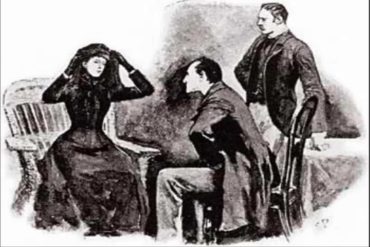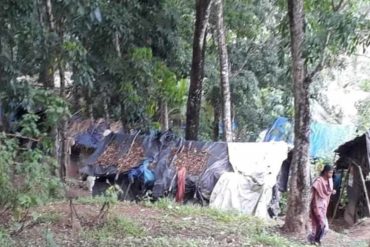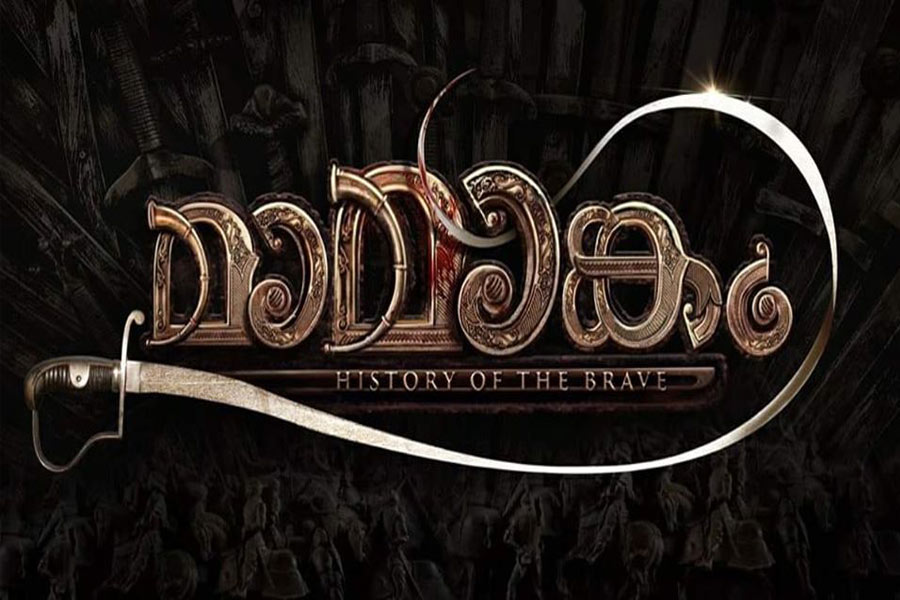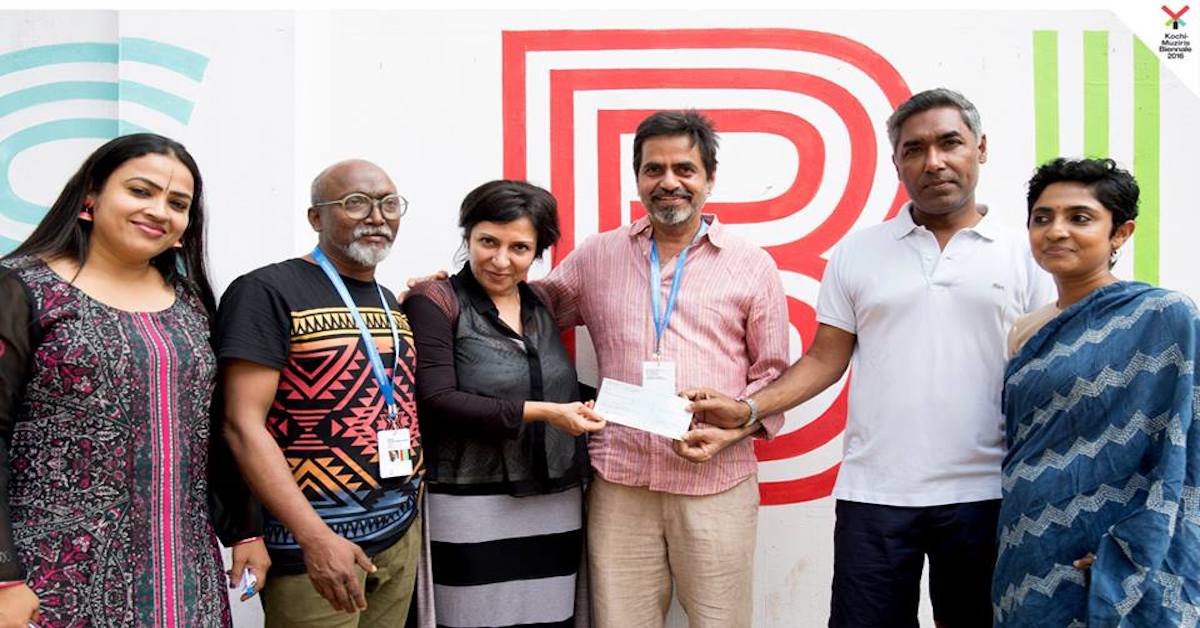Those who have made rounds of the Kochi Muziris Biennale this year might have noticed some of the interesting initiatives they’ve had with women and children. In an interview with The Kochi Post, CEO of the Kochi Biennale Foundation, Manju Sara Rajan tells us how the Foundation aims at making art more accessible and how work of the foundation goes on through the year.
“Most people don’t know much about the Kochi Biennale Foundation. They assume that there isn’t much work to be done once Biennale season is over. This is far from the truth. In fact, the Foundation works through the year, attempting to make contemporary art more accessible,” says the Manju who worked as a journalist close to 12 years. The aim of the foundation is according to her, keep conversations and discussions about art alive.
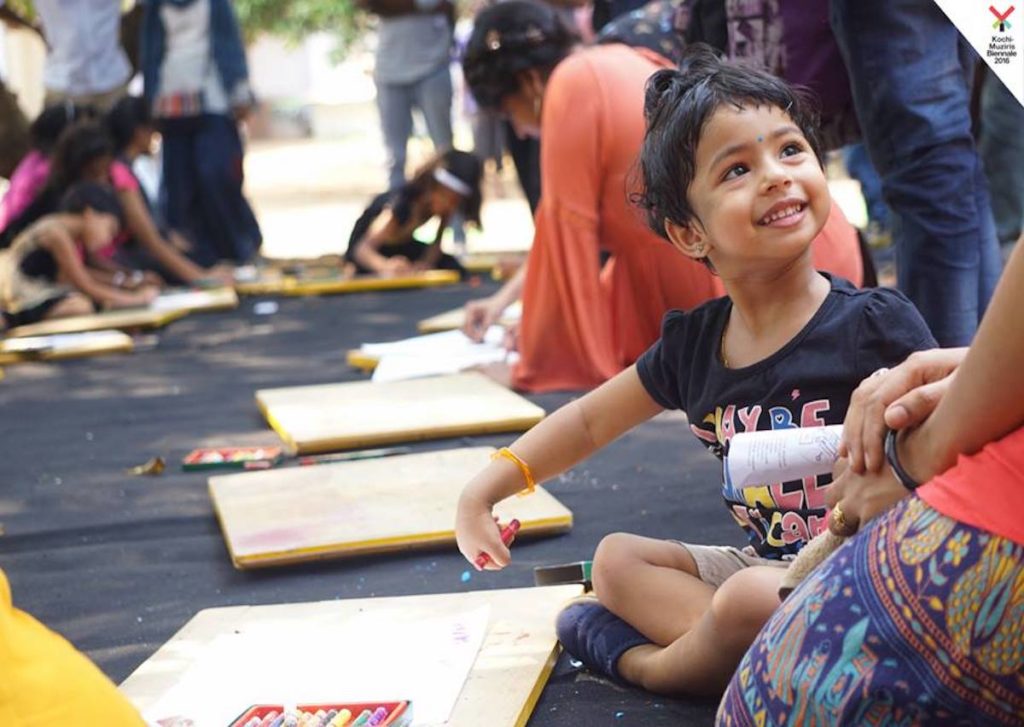
“There needs to be continuous awareness of national and international art. And we try to do this on different levels like the Student’s Biennale, which is a curated collection of art work by students who are studying art through the country. Also, Art by Children, an initiative that conducts various art-related workshops for children,” she explains.
Art Revolution
The Biennale Foundation has conducted workshops for kids not only during the art and sculpture festival, but at various public schools since October 2016. “We have covered close to 50 schools so far and aim to cover over 50 more by April 2017,” Manju says. Every school gets a series of workshops on various arts like theatre, music, drawing, sculpture or even puppet-making for a week by experts in the area. It is important according to Manju to start a thinking revolution of this sort as many government schools don’t have art programmes. “A lot of schools don’t have art teachers or someone to teach the children to keep their imagination alive,” says Manju who has a Masters in Journalism from Sydney’s Macquarie University.
The Foundation recently had a workshop with women at Kudumbasree, where they were given some training on art. “There are women who are interested in art, but haven’t been able to pursue it because they’ve had to take care of a home, go for jobs, look after kids, etc.,” Manju says. The Foundation plans to organise more such projects for women in the future.
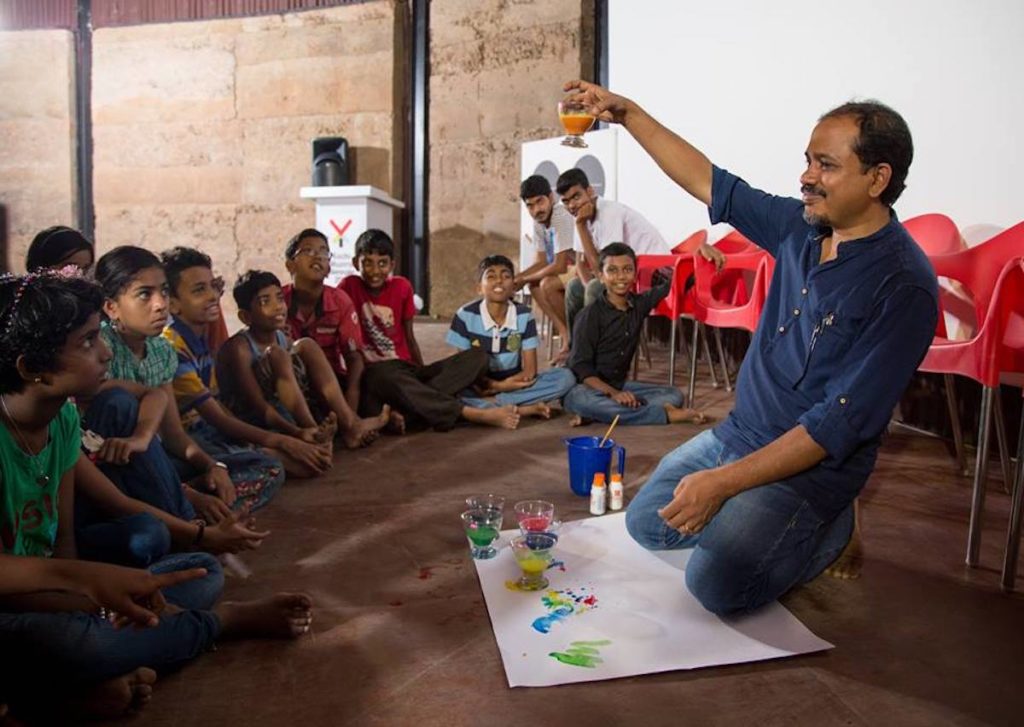
The Biennale has been hosting interesting workshops and showcases on different art forms like Batik print, kolam drawing, Cuts and folds, a workshop on creating things from paper, Chowuttu nadagam, Nangiar Koothu and more. “People may have heard of these forms, but not many know in-depth about them. When they experience these forms of expressions in a Biennale-like ambience, they are encouraged to go back and read more about it and thus, an awareness is created,” Manju says.
And it is with initiatives like these, that the Foundation is busy throughout the year. “The Biennale itself take a year and a half to prepare for,” she adds. The core team is always working to publicise what isn’t being noticed usually. Manju however maintains that it isn’t the aim of the Biennale Foundation to encourage people to take up art as a career. “It merely wants to fuel imagination of children- even if it is to inspire them to draw a house upside down. The Biennale is expressions of ideas by 97 artists. If the kids take home the message that their ideas too can be expressed in various ways, we’ve succeeded,” Manju says.
She also feels that since the Biennale established in 2012, attitude of Kerala towards art has definitely changed. “The fact that we are having a discussion about art and the Biennale itself, is proof of that. Moreover, the event has become something to look forward to. People from around the country and from other nations say, ‘See you in Kochi in January or for the Biennale’. It surely has given a boost to tourism too,” she says.
Are you art curious yet?
Image courtesy: Facebook page of Art by Children and Kochi Muziris Biennale


